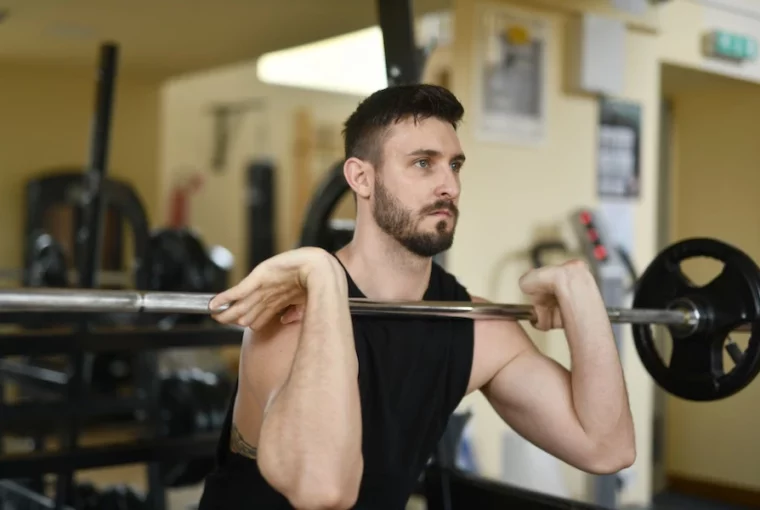Exercise is equal parts fun and painful, being an endorphin-boosting endeavour that’s objectively good for us and also an exhausting plunge into unpleasant physical sensations. Naturally, the new year has seen many of us re-attempt to pick up exercise routines in hope of better fitness. But without due care and attention, even the best of exercise plans can end in tears – from physical injury.
The below points address injuries sustained largely through the act of exercise. There are instances, though, in which faulty equipment or poor advice from a personal trainer can lead to avoidable physical injury. Such injuries are impossible to predict and difficult to actively minimise, but there are avenues for compensation after a personal injury that was not your fault. For instance, if you’re looking for experienced personal injury lawyers, you can visit Harrell and Harrell here. With that said, what can you do to avoid being injured during exercise?
Warm Up Properly
The single most impactful thing you can do towards injury prevention in exercise is to warm up properly. You could be working out in the best Melbourne gym and still get injured if you don’t warm up properly. It is the simplest, most effective route to mitigating injuries, and a solution that everyone who has possessed even a vague interest in exercise will know well. However, many of us continue to exercise without warming up properly, and in a shock twist injure ourselves out of the gate. A 20-minute warm-up routine can ensure every muscle is stretched, relaxed and ready to go.
Don’t Overexert Yourself
In your fitness journey, it can be incredibly easy to get carried away – either by your progress week-on-week, or with the drive to achieve a given milestone. While the struggle is part of the allure when it comes to exercise, there is such a thing as overexertion. There are times when ‘pushing it’ is beneficial, such as running reps until failure as part of strength training programmes – but otherwise, trying for more reps or higher weights than your body is telling you it can handle is a recipe for injury.
This is particularly the case for those new to the gym. There might be a sense of wanting to ‘catch up’ to other gym-goers, to make up for lost time or even to race towards a base level of fitness. In overestimating your abilities, or trying to set a bar too high for your current fitness level, you are much more likely to strain a muscle.
Learn Your Equipment
Gyms offer an extremely wide variety of apparatuses and equipment for you to use in your training programme. Each of these systems is designed for use in a specific way, or in service of training a specific sub-set of muscles. As such, there are optimal ways to use each piece of equipment – ways that you should study before attempting to use them.
If you don’t have a proper understanding of the equipment you intend to use, you are much more likely to injure yourself while using it. You might strain or sprain a muscle by using it incorrectly, or you might injure yourself more directly – for example, by getting trapped in a part of the equipment’s mechanism. If you aren’t fully sure how something should be used, you should ask someone else to help you.




